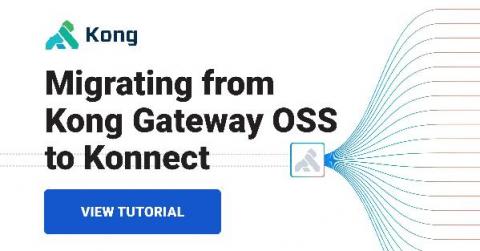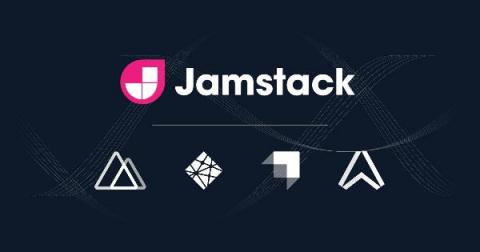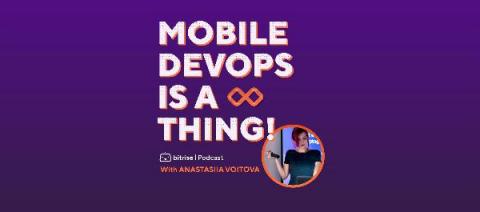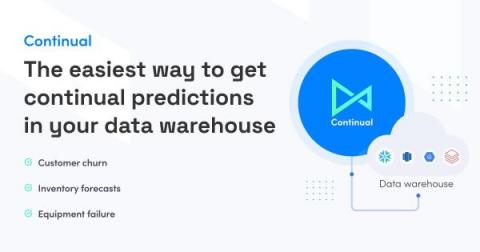Systems | Development | Analytics | API | Testing
Latest News
Embedded analytics 2.0: Your secret weapon to empowering frontline workers and locking in customers loyalty
Last year, Harvard Business Review and ThoughtSpot published a groundbreaking survey on the business benefits of empowering frontline workers with data. Revenues are higher, operations more efficient, customer service better, and employees happier. And yet, few organizations deploy BI this way, historically held back by the technology, conflicting priorities, and mindset.
Migrating from Kong Gateway OSS to Konnect
Konnect is a hybrid cloud control plane managed by Kong that launched in May. Konnect provides an easy way to create and configure service configurations through a UI, rather than using the admin API and HTTP requests to configure your Kong Gateway. On top of that, it provides usage analytics, a developer portal and role-based access control for service configuration. If you have a Kong Gateway OSS installation, you may be wondering how you can move your instance over to Konnect.
Accelerate Digital Business With APIOps - Part 1
Operating APIs and microservices at scale relies on the right processes and company culture. APIOps is the name for this overall approach. If done right, organizations can accelerate digital business with APIOps. It combines modern automation tooling with best practice engineering principles to ensure that the organization delivers with continuous quality as well as speed. In this blog series we explore the triggers for adopting APIOps, and its impact, through the story of “Acme.”
Myth-busting: Jamstack can't handle dynamic content
Jamstack has brought forward a great way to rethink the infrastructure of modern-day websites. It shows us just how much we can abstract away in the process of serving websites and, as a result, gain tremendous benefits to User and Developer Experience. However, much confusion exists around what kind of websites can actually fall under this classification.
Build secure mobile applications with Anastasiia Voitova
We talked to cybersecurity expert Anastasiia Voitova about all things related to mobile app security: from the first and most important steps teams should take to prevent potential attacks to reaching a high level of DevSecOps maturity.
Introducing Continual - the missing AI layer for the modern data stack
I’m extremely excited to introduce Continual. Continual is the easiest way to maintain predictions – from customer churn to inventory forecasts – directly in your cloud data warehouse. It’s built for modern data teams that want to leverage machine learning to drive revenue, streamline operations, and power innovative products and services without complex engineering.










